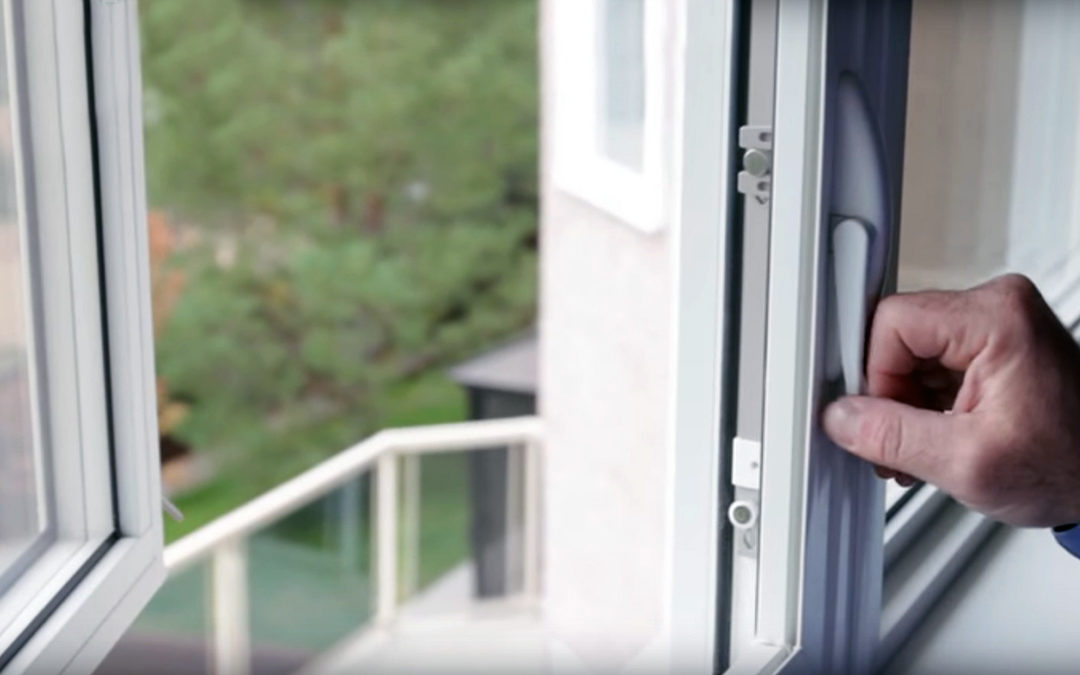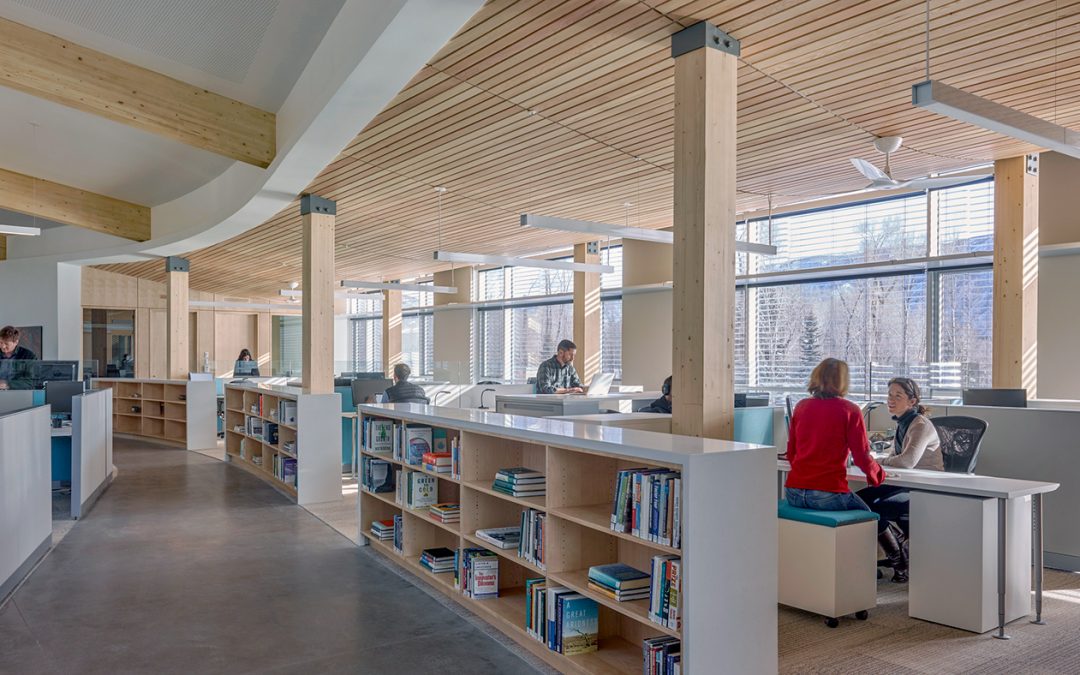
David Lehrer May 20, 2020
CBE researchers are part of a research program on “Resilient Cooling for Buildings,” supported by an international association of governments, industry and researchers. The main objective is to support the rapid adoption of resilient, low-energy and low-carbon cooling systems for buildings. This work will also serve to help cities and communities better contend with climate-based and demand-based power outages.
More

Gail Brager and Tom Parkinson April 15, 2020
Using an extensive trove of thermal comfort research data, CBE’s research team recently published a set of ‘nudges’ to the existing adaptive comfort standards to improve comfort in commercial buildings while potentially reducing energy use. This work updates the landmark study from 1998 by Gail Brager and Richard de Dear on the Adaptive Comfort Model (ACM), which demonstrated that people in naturally ventilated buildings were more comfortable with seasonal temperature variation compared to people in air-conditioned buildings.
More

David Lehrer April 15, 2020
Millions of people are working at home to prevent the spread of Covid-19, creating stress and impacting our well-being and productivity. Science shows that time spent in nature may improve our health and emotions, however, when we are not able to be in nature physically, we may derive benefits simply by access to windows with views. A study recently published by CBE found that a view from a window has positive impacts on emotion, cognitive performance and thermal comfort.
More

Centerline Team February 13, 2020
CBE recently launched an online tool for designing with ceiling fans, making it easier for designers to create highly energy efficient and comfortable spaces. The tool was created based on years of research that have demonstrated that ceiling fans can keep a person cool while using only a fraction of the energy required by air conditioning.
More

Gail Brager September 12, 2019
Building standards and conventional practice are all about ’reducing the negative‘ — but what if the goal is to ’enhance the positive‘ instead? Aiming to create environments that are not only comfortable and healthy, but are connected to nature, provide a sense of place, and are a delight to be in. Designing for experience requires us to embrace a broader view of experiential aesthetics, going beyond the primacy of vision to recognize broader sensual qualities that contribute to the beauty and memorability of space.
More

Valerie Green August 12, 2019
Biophilia — humans’ innate love of nature — is an idea that has inspired wide-ranging research on the benefits of human connection with nature. So how do we translate this wealth of research knowledge into making buildings that capture the benefits of nature? CBE and SERA Architects are jointly developing a biophilia option for CBE’s occupant survey to evaluate the impact of biophilic features in existing workspaces.
More

Jovan Pantelic and Megan Dawe July 10, 2019
During the 2018 fires, CBE used previously-installed sensors in two University buildings to understand and evaluate building resilience to urban scale air pollution, quantifying particle penetration to the indoors from outdoors. The low-cost Internet of Things (IoT) PM2.5 sensors were accompanied by a survey of the building occupants, with questions focused on changes in their behavior, perceived air quality, self-reported productivity and health symptoms.
More

David Lehrer May 15, 2019
This year marks the 25th anniversary of the publication of a seminal paper from Rocky Mountain Institute, “Greening the Building and the Bottom Line,” making the case that green buildings’ unique features may improve employee productivity. Since then interest in this topic has remained strong, and several studies by CBE and others have contributed to our collective understanding of workplace productivity; in this post we describe our related work with a focus on key variables.
More

Thomas Parkinson February 14, 2019
Companies aspiring to sustainability and wellness have focused on managing workplace indoor environmental quality (IEQ), however undertaking IEQ measurements in a reliable manner can be challenging. In this post we discuss why continuous monitoring technologies are ideal for evaluating building IEQ performance.
More

Centerline Team October 15, 2018
Now in its twelfth year, the Livable Buildings Award recognizes projects that demonstrate high occupant satisfaction, excellent design, and innovative operation strategies. This year, we are pleased to announce the Rocky Mountain Institute Innovation Center as the top winner, with an honorable mention for the Pomona College Seaver Laboratory and Andrew Science Hall.
More










